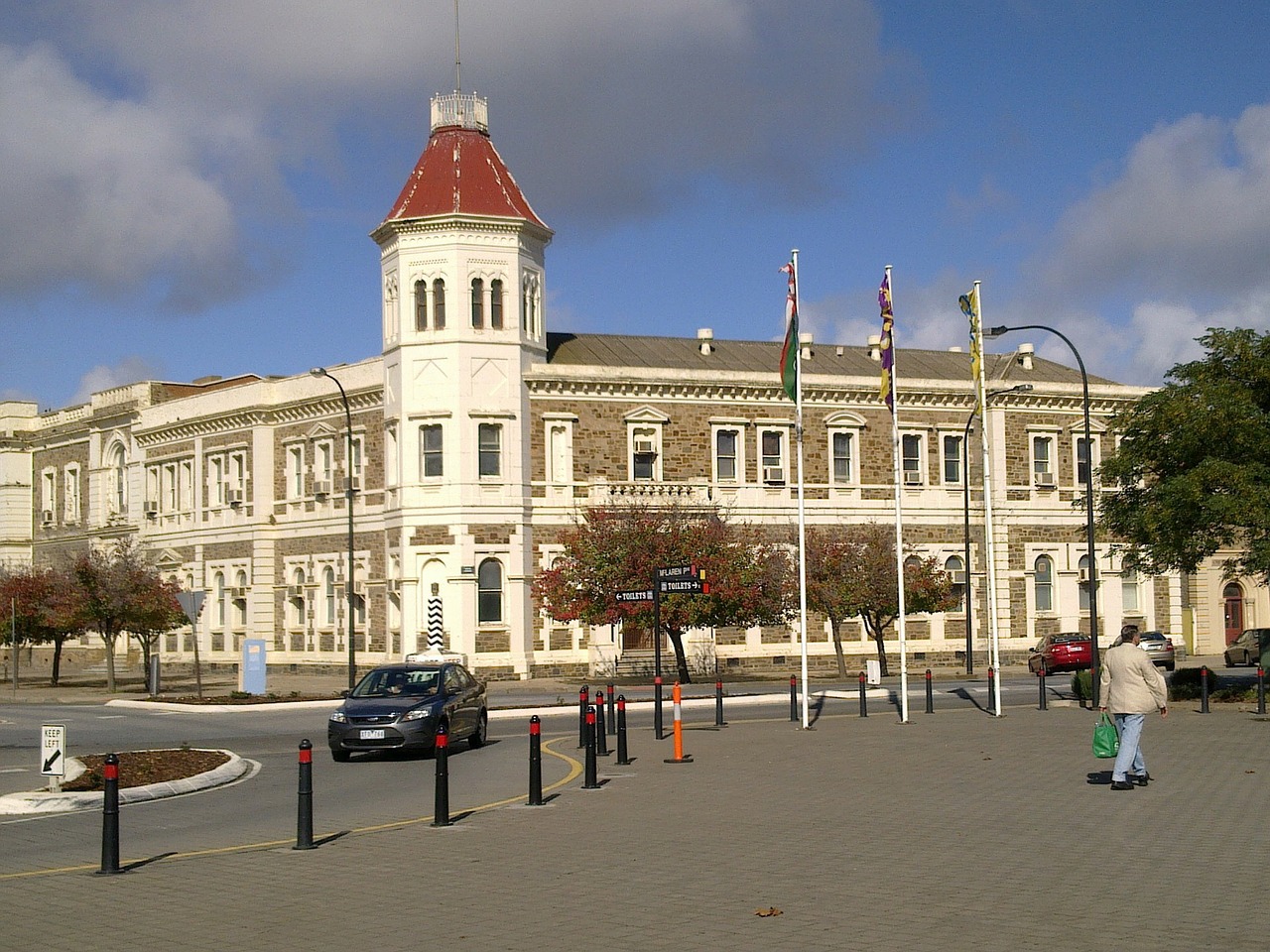
- Better Society -
- 7mins -
- 38 views
World top ten most liveable cities in 2018
It’s the first time a European city has topped the rankings of the Economist Intelligence Unit’s annual survey… can you guess which one?
The World top ten most liveable cities in 2018
This year Vienna, the Austrian capital, has beaten Australia’s Melbourne to be named the world’s most liveable city. Melbourne had held the top spot for the past seven years. It’s the first time a European city has topped the rankings of the Economist Intelligence Unit’s (EIU) annual ‘liveability’ survey.
‘After years of destabilisation, a return to relative global stability’ – survey finds
For the first time in the Economist Intelligence Unit’s (EIU) annual ‘liveability’ survey’s history, the Austrian capital, Vienna, ranks as the most liveable of the 140 cities surveyed. A long-running contender to the title, Vienna has succeeded in displacing Melbourne from the top spot, ending a record seven consecutive years at the head of the survey for the Australian city.
The survey suggests the upwards movement in the top ranked cities is a reflection of improvements seen in stability and safety across most regions in the past year. Whereas in the past, cities in Europe have been affected by the spreading perceived threat of terrorism in the region, which caused heightened security measures, the past six months have seen a return to normality.
Below are the IEU’s Top Ten Liveable cities 2018
Source: IEU.com
1. Vienna, Austria (99.1)
1. Vienna, Austria: with an overall rating of 99.1 this year, Vienna knocked Melbourne off the top spot — a position the Australian city held for the past seven consecutive years. Vienna scored a perfect 100 points in 4 of the 5 main categories; stability, healthcare, education, and infrastructure, with a respectable 96.3 in the final category Culture & Environment.
Although both Melbourne and Vienna have registered improvements in liveability over the last six months, increases in Vienna’s ratings, particularly in the stability category, have been enough for the city to overtake Melbourne. The two cities are now separated by 0.7 of a percentage point, with Vienna scoring a near-ideal 99.1 out of 100.
Vienna’s education system is widely considered to be excellent and its universities rank among the best in the world. The city also has a few specialist schools that are geared towards children who don’t perform well under conventional forms of education.
Italy, Slovenia, Hungary and Germany are easily accessible by car or train; and though Austria is a landlocked country, the Mediterranean sea can be easily reached by a relatively short car journey, and the River Danube is on your doorstep.
Vienna is one of the greenest cities in Europe, with lush hills and rural landscapes, and it has a lot of parks to explore and hiking routes in and around the city. If country ai is what you’re after, it’s very easy to take a break away from the city, with fantastic vineyards and rolling hills a short train-ride away.
Source: TheCultureTrip.com

2. Melbourne, Australia (98.4)
Whether it’s relaxing, dining, people watching or shopping, Melbourne seems to have it all in a colourful and artistic heritage environment. Relegated to second place after a record seven consecutive years at the head of the survey, Melbourne is no stranger to records — There are still some 50 vinyl record stores around Melbourne, staying alive in musical worship of everything from Bollywood funk and hip-hop and retro rock.
Alongside the hottest seven-inches from local DJs, there are bins of pre-loved and once-loved discs. That’s more stores and more records per capita than any other place in the world.

3. Osaka, Japan (97.7)
Osaka is Japan’s second largest metropolitan area after Tokyo. It has been the economic powerhouse of the Kansai Region for many centuries. Osaka is engaging and colourful and considered the gem of Japan when it comes to all things food-related, as it’s nickname implies ‘Tenka no Daidokoro’ (the nation’s kitchen).
Osaka-jin aren’t shy like Tokyoites, and have a work-hard play-hard reputation. But they have a nutty streak, too. In 1985, Hanshin Tiger baseball fans tossed a KFC Colonel Sanders statue into the Dotonbori River, partly to celebrate winning the Japan Series and partly because they thought the statue resembled American Randy Bass, their star player.
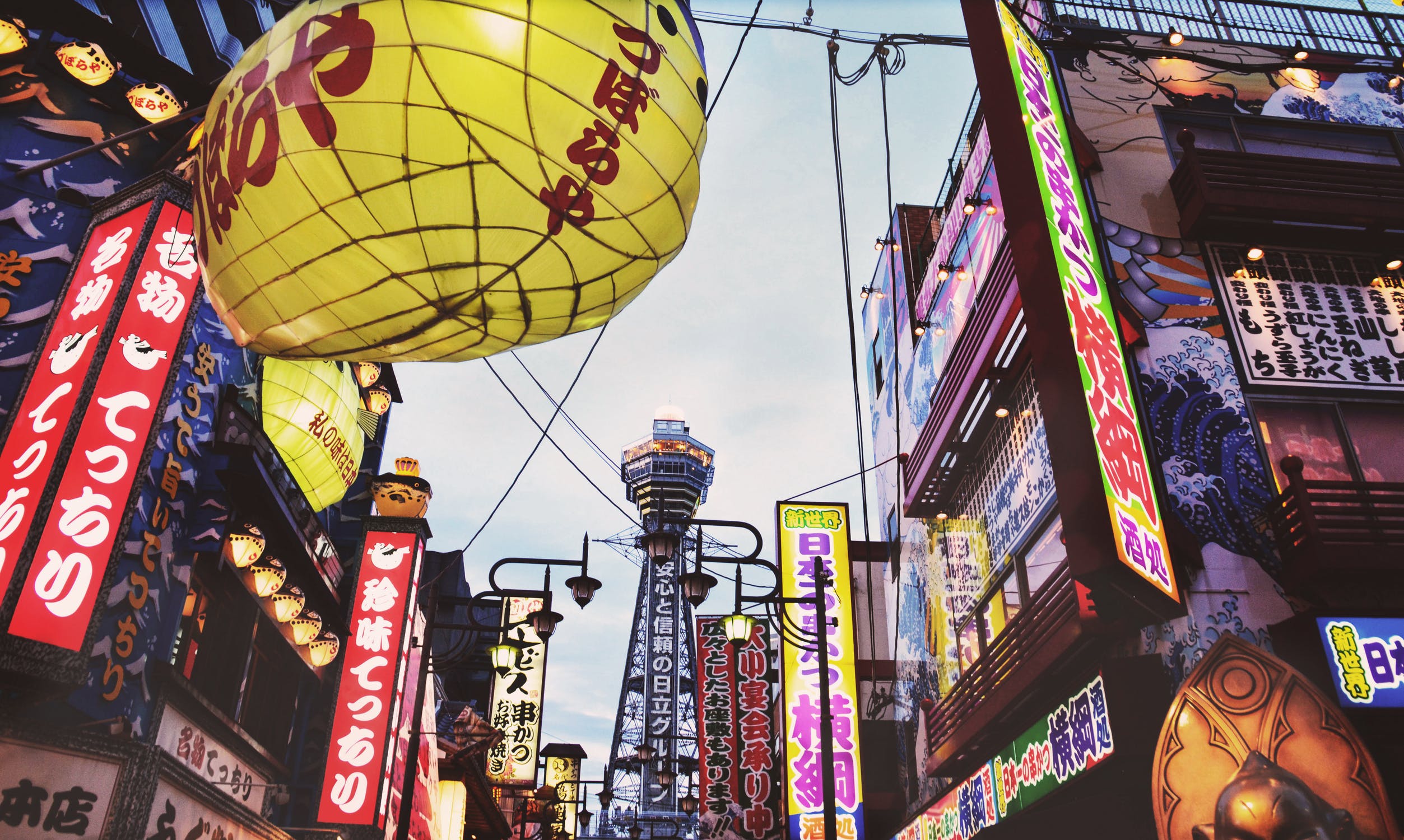
4. Calgary, Canada (97.5)
Calgary’s is the Cultural Capital of Canada, with approximately 25% of Calgarians being foreign-born.
Calgary’s network of river parks and pathways is one of its most acclaimed characteristics, with trails spanning along the Bow and Elbow River embankments to the furthest reaches of the city. This network is the most extensive of its kind in an urban centre in North America and consists of over 700 km of paved pathways, 42 km of which are cleared during winter for use year-round.
But if you think it’s too cold to walk around downtown, think again! Ingenuity has given way to the +15 network in downtown Calgary, the largest indoor walkway system in the world! Calgary scored a maximum of 100 in 4 of the 5 categories; stability, healthcare, education, and infrastructure.
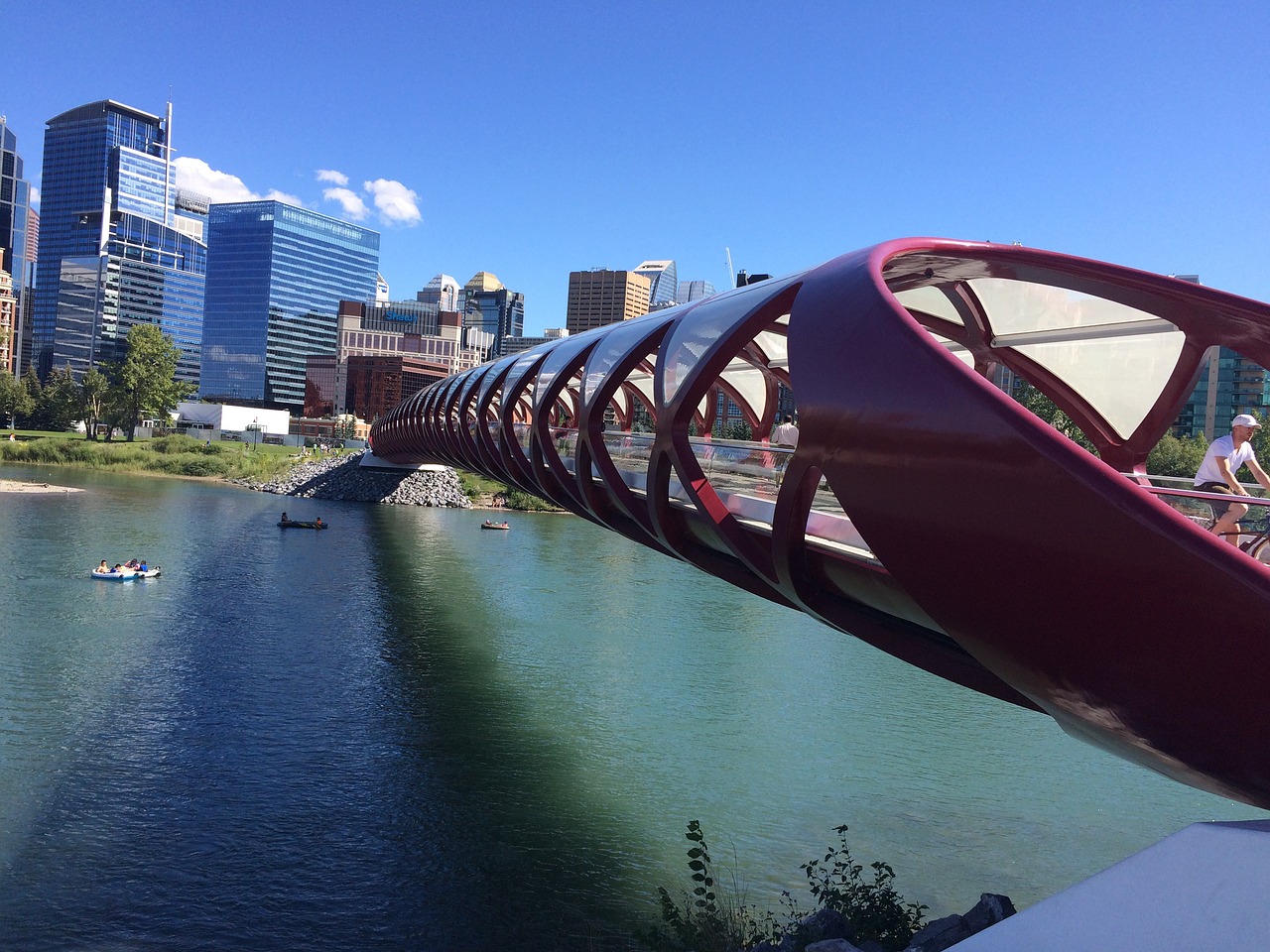
5. Sydney, Australia (97.4)
The oldest and biggest Australian city, Sydney is home to over 4.5 million people. Covering more than 12,000 square kilometres, and with more than 500 neighbourhoods, each with their own distinctive character.
With plenty of epic beaches to choose from, Sydney enjoys generous, lengthy summers, with mild winters and sunny days. Commuting to work on the deck of the Sydney Ferry, with the wind in your hair and the spectacular views, feels more like a daily cruise. What a way to start the day!
There is a unique convict-founded egalitarianism in Sydney. It’s a city built on small time crooks, and this means that Sydneysiders aren’t quick to judge. It’s a city in which an unemployed man can sit on the beach next to a lawyer, and they’ll view each other as just another person.
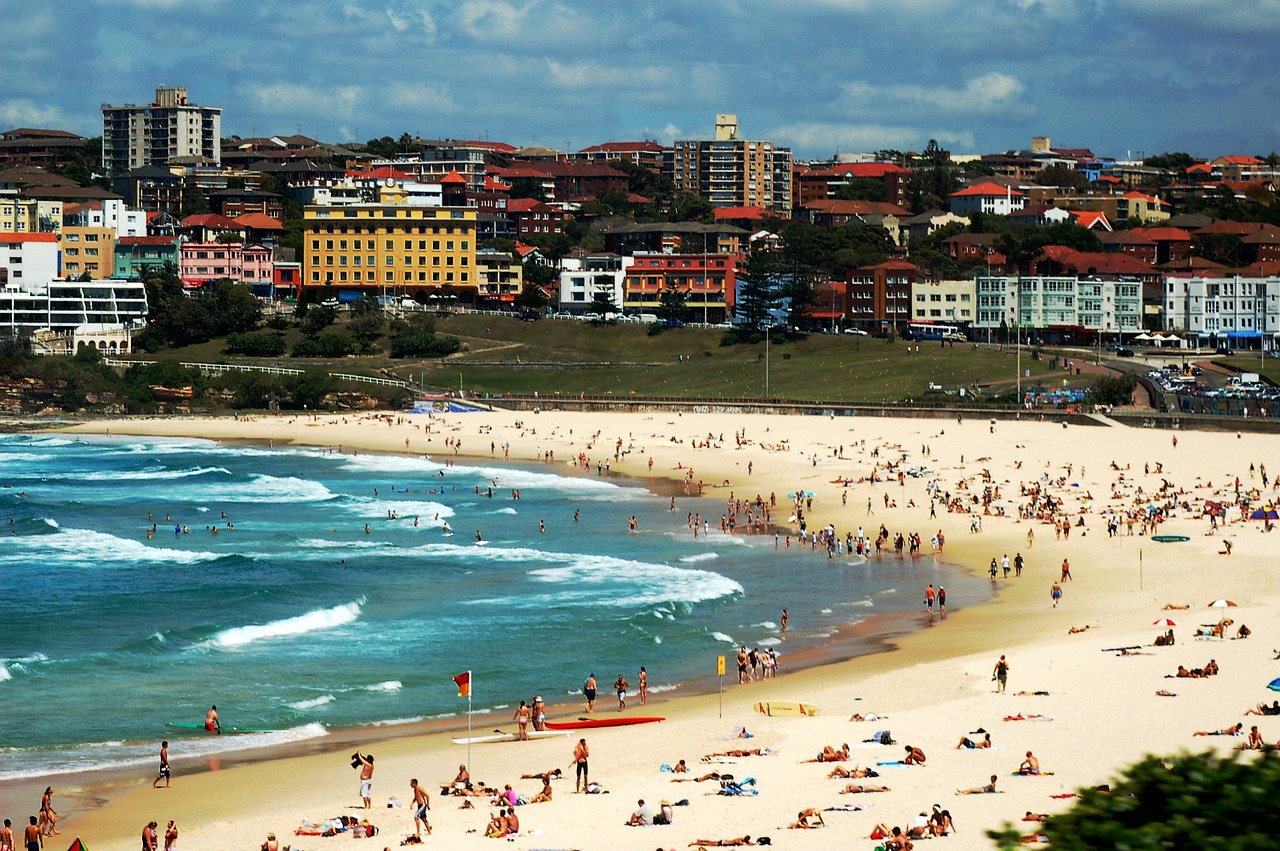
6. Vancouver, Canada (97.3)
Scoring a maximum 100 points in 3 of the 5 categories, the quality of Vancouver’s healthcare, culture & environment, and education can’t be beaten. Vancouver is green and clean. The climate and the winter rains mean that Vancouver is green all year round, and the clean air means dust and grime just doesn’t build up that much. British Columbia gets 93% of its electricity from hydroelectric because it has such plentiful resources for that form of generation, which means that there is virtually no fossil fuel-related pollution from the electrical grid.
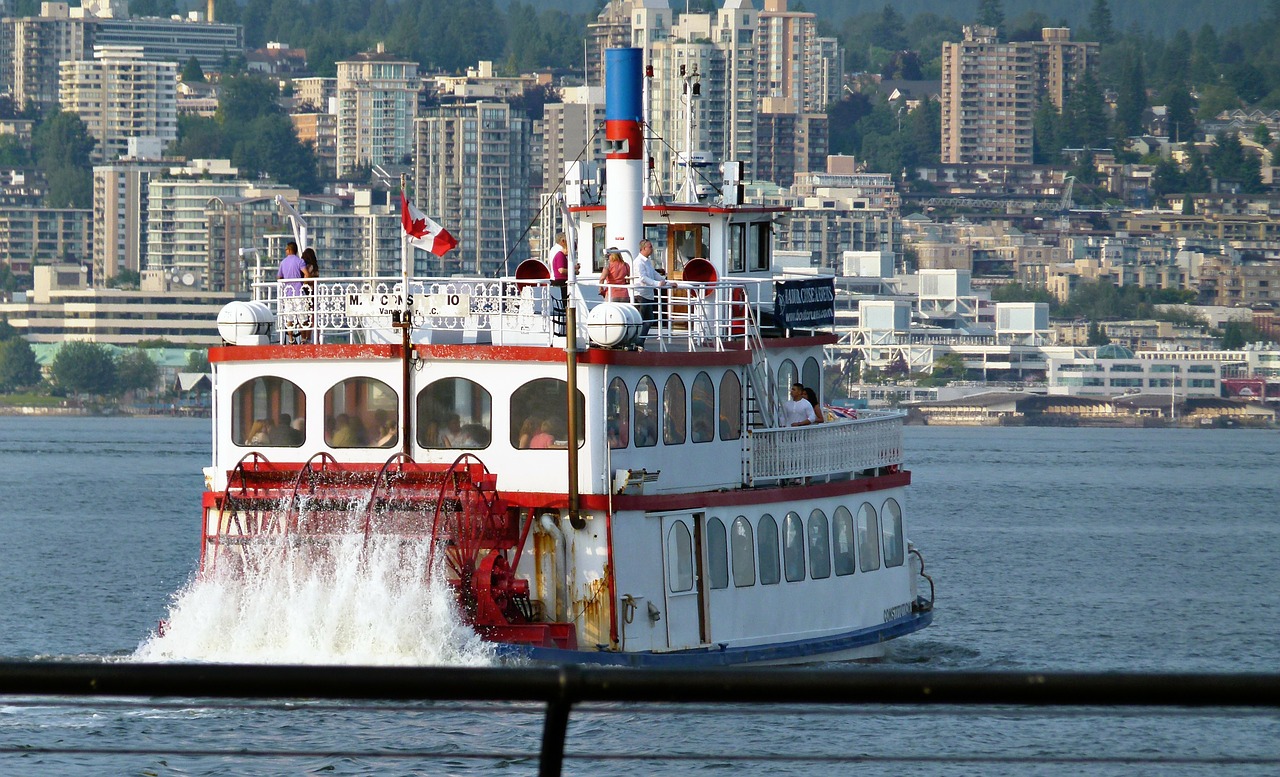
7. Tokyo, Japan (97.2)
Maxing out with an ideal 100 in stability, healthcare and education categories, Tokyo is another former No.1 most liveable city. According to both the Economist and Business Insider, Tokyo is officially the safest city in the world! Crime is very low, it is safe to walk around alone at night, and things like pickpocketing and terrorism are virtually non-existent. You can leave your personal belongings on your seat in a cafe when you go to get your order, which isn’t something you can do in many places these days.
And you certainly won’t starve, as Tokyo boasts 160,000 known eateries! That’s more than 10 times the number in Paris! What’s more, Tokyo holds more Michelin stars than anywhere else!
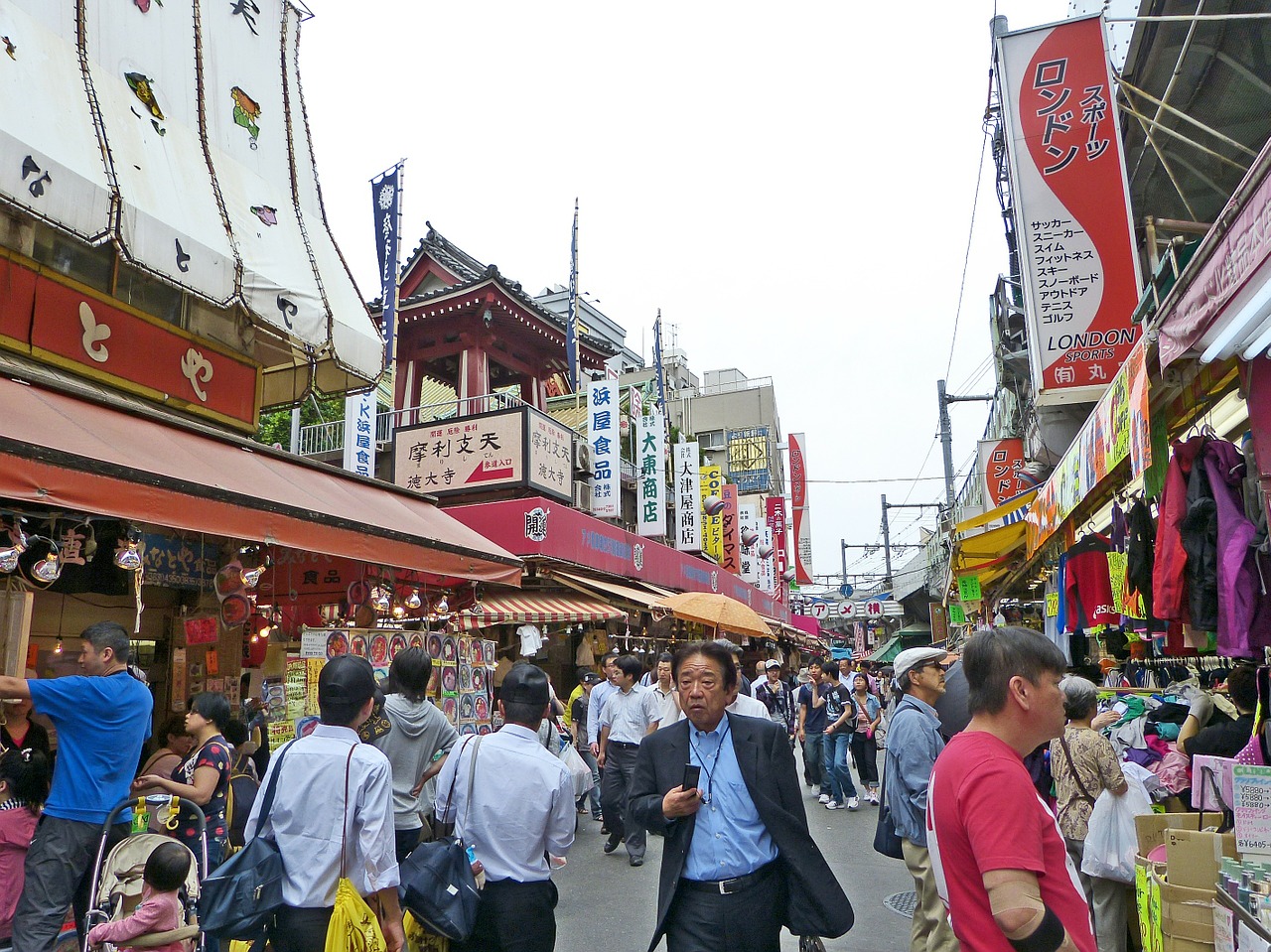
Joint-7th. Toronto, Canada (97.2)
As with Tokyo, the other joint-7th liveable city, Toronto scored a maximum 100 in the stability, healthcare, and education categories.
Toronto is one of the very few North American cities in which people can choose not to own a car without suffering major inconveniences, thanks to The Toronto Transit Commission (TTC) – North America’s third largest public transit system. This far-reaching and reliable network of buses and streetcars are interconnected by an extensive underground subway system. The buses are newly manufactured hybrid-electrics, introduced to reduce air pollution. Smaller suburbs surround the large city offering options for people who prefer to step back from big city life.
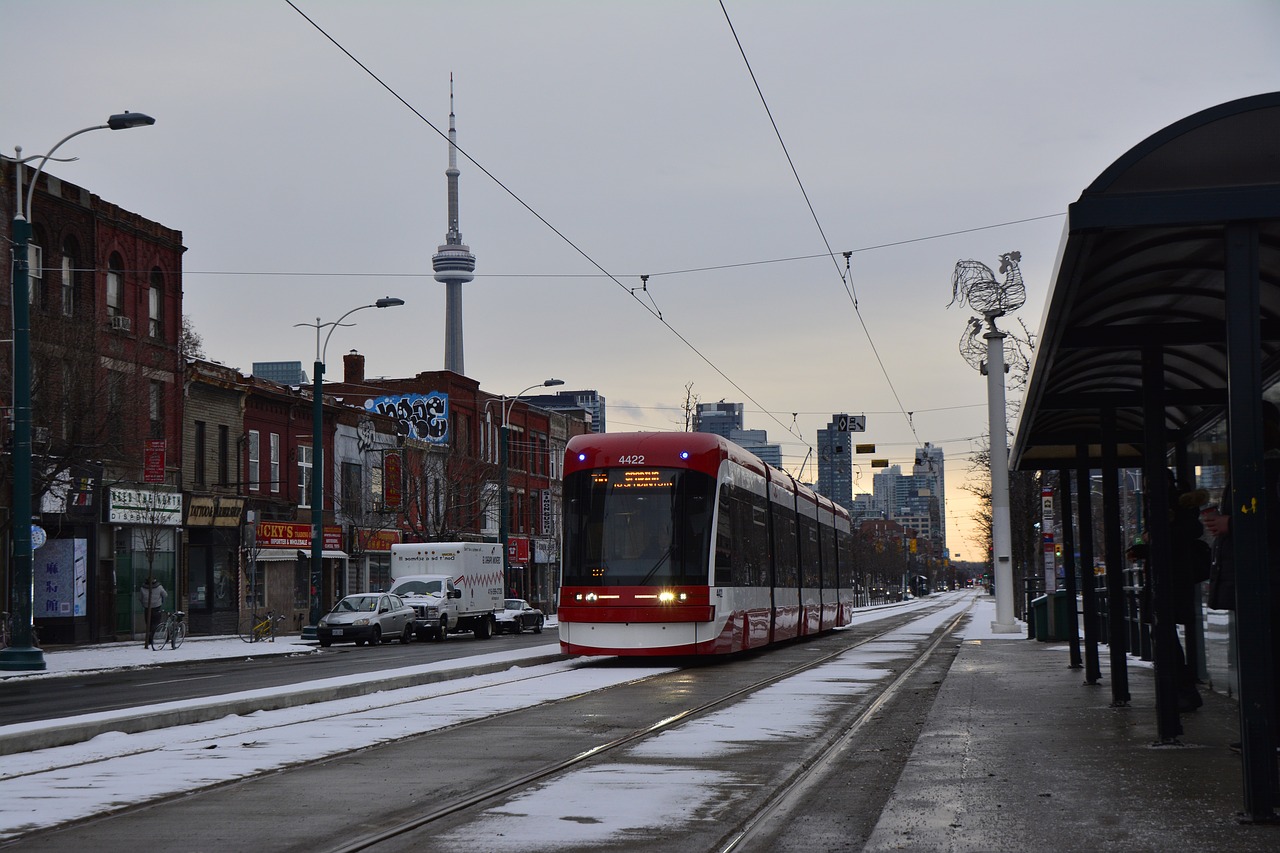
9. Copenhagen, Denmark (96.8)
The Danish capital scored an ideal 100 in the infrastructure category. Copenhagen taxi cabs have their own Wifi network that makes life so much easier for tourists arriving without a phone signal. And everyone speaks English! Unlike many other countries where you have to make an effort to speak to the locals in their language, you’ll find most Danes speak impeccable English.
Copenhagen is also one of the cleanest cities you’ve ever seen due to the national obsession with recycling and obeying rules, and countless studies have ranked the Danes as the happiest people in the world. They pay some of the highest taxes but their healthcare, transport and quality of life is higher as a result.
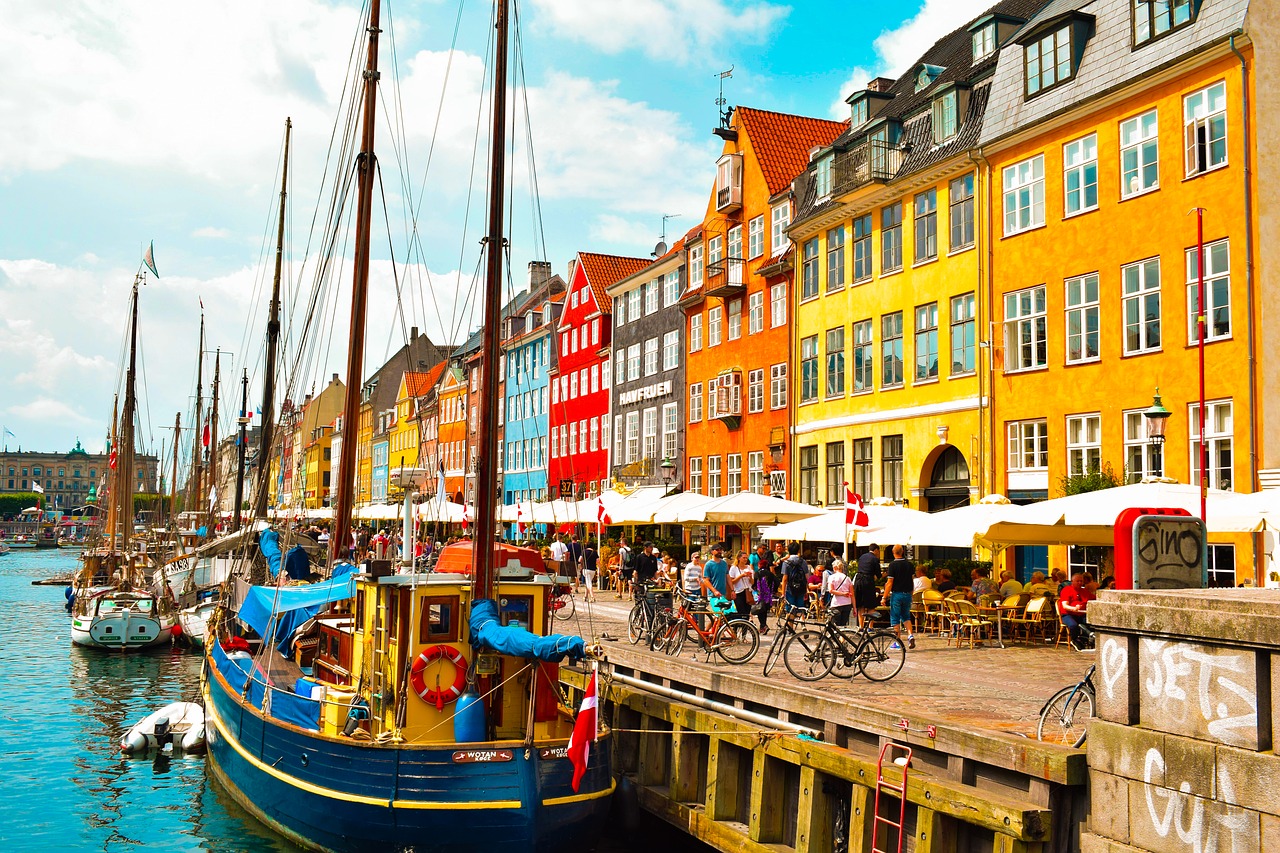
10. Adelaide, Australia (96.6)
With average weekly rent almost 50% cheaper than Sydney, the cost of living in Adelaide is affordable. You’ll never get lost on public transport either, because there’s only one tram line in Adelaide.
It’s fair to say Adelaide is mostly quiet, and that’s just how the locals like it. However, the city does go crazy for the month of March each year, hosting the V8 Supercar motor race, the massive Fringe Festival (the second largest such event in the world, after the Edinburgh Fringe), the Festival of the Arts, Writer’s Week, WOMAdelaide, AND the Adelaide Cup. "Mad March" is the only time the city is busy with tourists.
